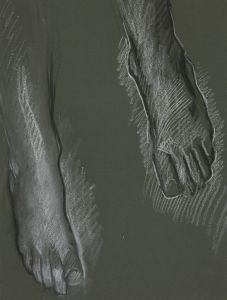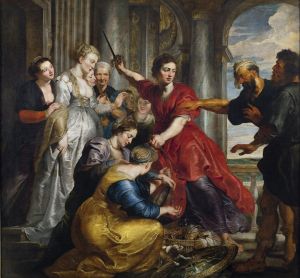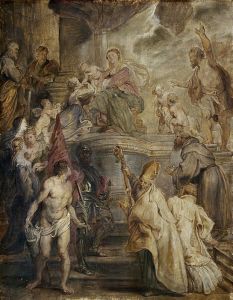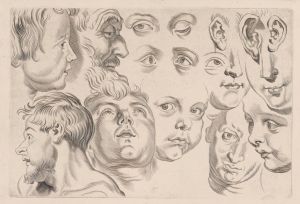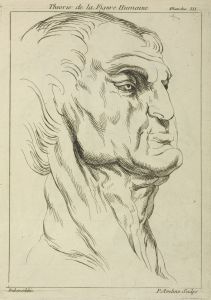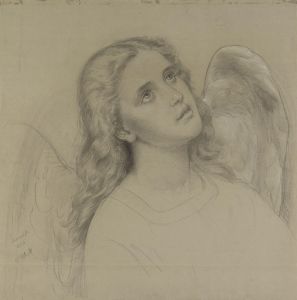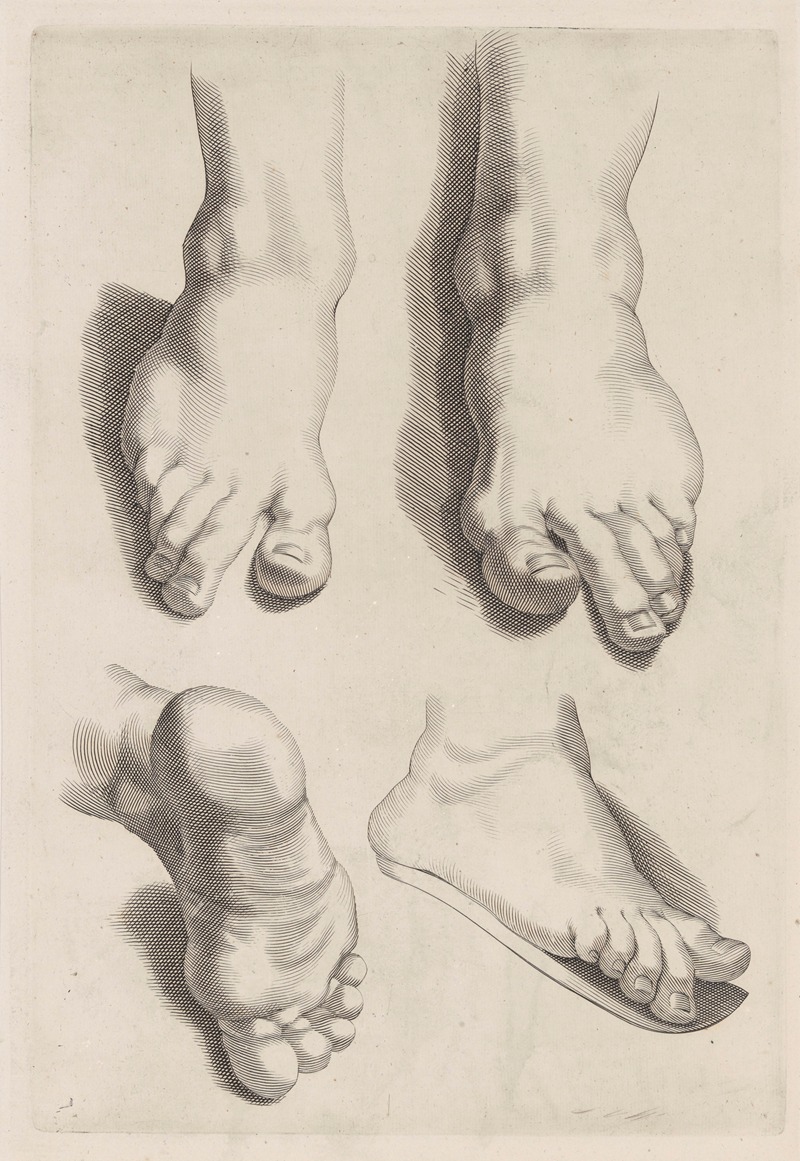
Study of Feet
A hand-painted replica of Peter Paul Rubens’s masterpiece Study of Feet, meticulously crafted by professional artists to capture the true essence of the original. Each piece is created with museum-quality canvas and rare mineral pigments, carefully painted by experienced artists with delicate brushstrokes and rich, layered colors to perfectly recreate the texture of the original artwork. Unlike machine-printed reproductions, this hand-painted version brings the painting to life, infused with the artist’s emotions and skill in every stroke. Whether for personal collection or home decoration, it instantly elevates the artistic atmosphere of any space.
Peter Paul Rubens, a prominent Flemish Baroque painter, is renowned for his dynamic compositions, vibrant color palette, and sensuous depiction of the human form. Among his extensive body of work, "Study of Feet" stands out as a testament to his meticulous attention to detail and his dedication to mastering the human anatomy.
"Study of Feet" is a drawing that exemplifies Rubens' skill in capturing the subtleties of the human body. Although the exact date of this study is not precisely documented, it is believed to have been created during the early 17th century, a period when Rubens was actively engaged in refining his techniques and expanding his artistic repertoire. This study is part of a broader tradition of anatomical studies that artists of the Renaissance and Baroque periods undertook to enhance their understanding of the human form.
The drawing itself focuses on the feet, a part of the body that is often challenging to depict due to its complex structure and varied angles. Rubens' rendering of the feet demonstrates his ability to convey volume, texture, and movement through line and shading. The study likely served as a preparatory work for a larger composition, allowing Rubens to experiment with different poses and perspectives before committing to a final piece.
Rubens' approach to anatomical studies was influenced by his education and travels. He studied under several notable artists, including Otto van Veen in Antwerp, and later traveled to Italy, where he was exposed to the works of Renaissance masters such as Michelangelo and Leonardo da Vinci. These experiences enriched his understanding of anatomy and informed his practice of creating detailed studies as part of his artistic process.
The significance of "Study of Feet" extends beyond its technical execution. It reflects Rubens' broader artistic philosophy, which emphasized the importance of drawing as a foundational skill for painters. By engaging in studies like this one, Rubens honed his ability to depict the human body with accuracy and expressiveness, qualities that would become hallmarks of his larger compositions.
Rubens' anatomical studies, including "Study of Feet," were not merely exercises in technical proficiency; they were integral to his creative process. These studies allowed him to explore the nuances of human anatomy, which he then incorporated into his paintings with a sense of realism and vitality. His ability to capture the dynamism of the human form contributed to the dramatic and emotive quality of his work, distinguishing him as one of the leading figures of the Baroque movement.
Today, "Study of Feet" is appreciated not only for its artistic merit but also for its insight into Rubens' working methods. It serves as a valuable resource for art historians and enthusiasts seeking to understand the techniques and practices of one of history's most influential painters. Through this study, viewers gain a glimpse into the meticulous preparation that underpinned Rubens' masterpieces, highlighting the enduring legacy of his contributions to the art world.





